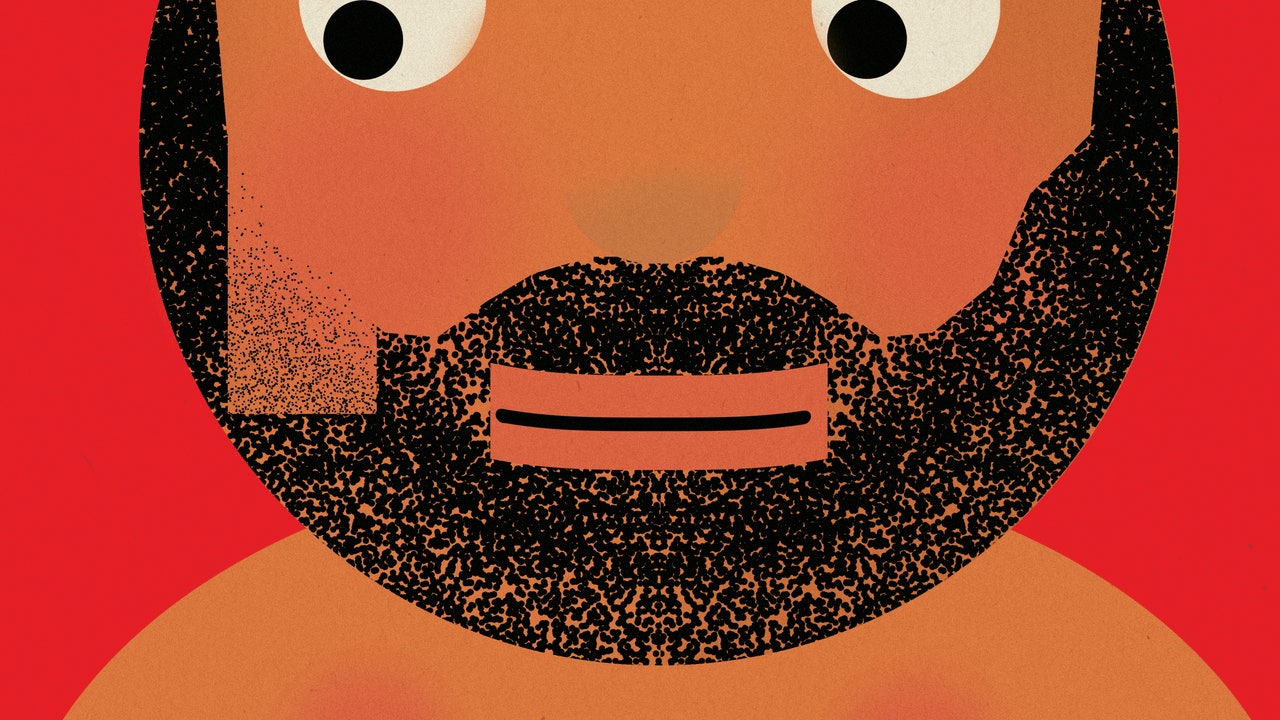For some guys, shaving is a catch-22: They need to shave to look clean-cut—maybe for a wedding, a job interview, or because it suits their face and style—but when they do shave, the resulting razor bumps and ingrown hairs feel like hell. If this sounds familiar, or if you get a single bump or two with each shave, we’re here to give you some advice on the shaving techniques and topicals that exist to keep those bumps at bay. And if you do catch a few stray bumps—or you’re resisting the urge to pick at them right this second—we’ve got methods to smooth and soothe those angry pores. Let’s ride.
What Causes Razor Bumps?
Not to give you a boring lesson in dermatology, but razor bumps are a type of folliculitis—or as your dermatologist might write in your file, pseudofolliculitis barbae. Using less Latin: They’re hairs that curl in on themselves after a shave, getting trapped by dead skin or a clogged follicle. In a worst-case scenario, the trapped hairs turn into painful, potentially infected ingrown hairs, but they can also result in non-inflamed bumps that are raised on the surface of the skin. While these ingrown hairs can happen around the armpits or pubic area, they’re prevalent on the face and neck because that’s where men tend to shave the most, and the hairs are thickest.
There are a few reasons why your skin’s plagued by those aggravating little bumps. It might be the way you’re shaving in conjunction with the direction of hair growth (we’ll get to that in a moment), or that you’re using the wrong gear or skin care products (been there). Genetics plays a big role, too: Curly or coarse facial hair is the most susceptible to causing razor bumps because it can become more easily trapped underneath the skin, rather than growing cleanly out from the pore.
How to Prevent Shave Bumps
The most fail-safe way to avoid ingrown hairs is to not shave at all: All you have to do is grow out a beard or maintain some perma-stubble with a beard trimmer. But if you’re here, you’re either not interested in letting your beard grow, or unable to (for genetics, for work, for whatnot).
For the shavers out there, here’s how to keep razor bumps at bay.
1. Consider a blade-less shave
If you’re dedicated to using a manual razor, you can skip ahead to step two. But if you’re willing to pivot from blades to a beard trimmer and an electric shaver, you’ll find your razor bumps and razor burn diminish drastically—if not altogether. That’s because even the best electric razors won’t cut so close that hairs get trapped inside the hair follicles. Notably, your skin won’t be as smooth (and you’ll probably have to touch it up daily if you’re dedicated to staying stubble-free) but you shouldn’t experience any shave bumps.
If you are particularly prone to ingrown hairs and razor bumps, then chances are, you have curly or coarse hair. For that reason, opt for a rotary electric shaver—one with a panel head as opposed to a horizontal foil head. These round rotary panels snip hairs from all directions and don’t cut quite as close as a foil razor. In fact, the latest rotary models can give you extremely smooth skin—so much so that you might even need a splash of aftershave or some anti-inflammatory tea tree oil.
2. Start with the right razor—and the right razor blade
As for actual manual razors: To prevent razor bumps, dermatologists tend to recommend an old-school-style safety razor—yep, the kind that looks like it’s from Deadwood’s prop closet—that uses the double-sided razors. (The idea is that fewer blades mean less irritation.)
Regardless of the razor you use, you absolutely have to swap the blade every 2-3 weeks or after 6-8 shaves—whichever comes first. (It’s proper razor hygiene rules, gents.) If it seems silly to toss out a blade you’ve only used once, then store it away, fully dry, after a hot-water rinse, and in a place that won’t get dust or moisture. Rinse it again under piping hot water before shaving with it again. But really, just save yourself the bumps and swap blades religiously.
3. Trim the hair down to a stubble
By giving your scruff a trim first, you limit the number of clippings that collect in the blades of the razor and get dragged across your skin. Shorter hairs are also less wily with the razor—meaning you’ll spend fewer strokes getting back to a baby-smooth face. A fast (but gentle) pass with a beard trimmer helps here.
4. Exfoliate with a gritty scrub
A physical exfoliant will force hairs to stand up straight, making them easier to clip and it’ll usher away any dead skin cells to ensure a smooth shave. You can use a scrub or an exfoliating cleanser, but be careful if you’ve got dry skin, irritated skin, or sensitive skin. You might want to skip this step if it causes your mug any anguish.
5. Prep your skin
Once your facial hair is trimmed down and your skin gently scrubbed, hit it with a warm water splash followed by a pre-shave oil and shaving cream (we particularly like moisturizing shave creams) or shave gel to soften everything up. The oil in particular will make your beard hair easier to cut with the razor, and your skin a little more slippery when things get going. I always suggest using a transparent shave agent if you have especially finicky hairs, too, so that you can avoid having to shave the same area twice—just by way of having a successful first pass thanks to that full transparency.

